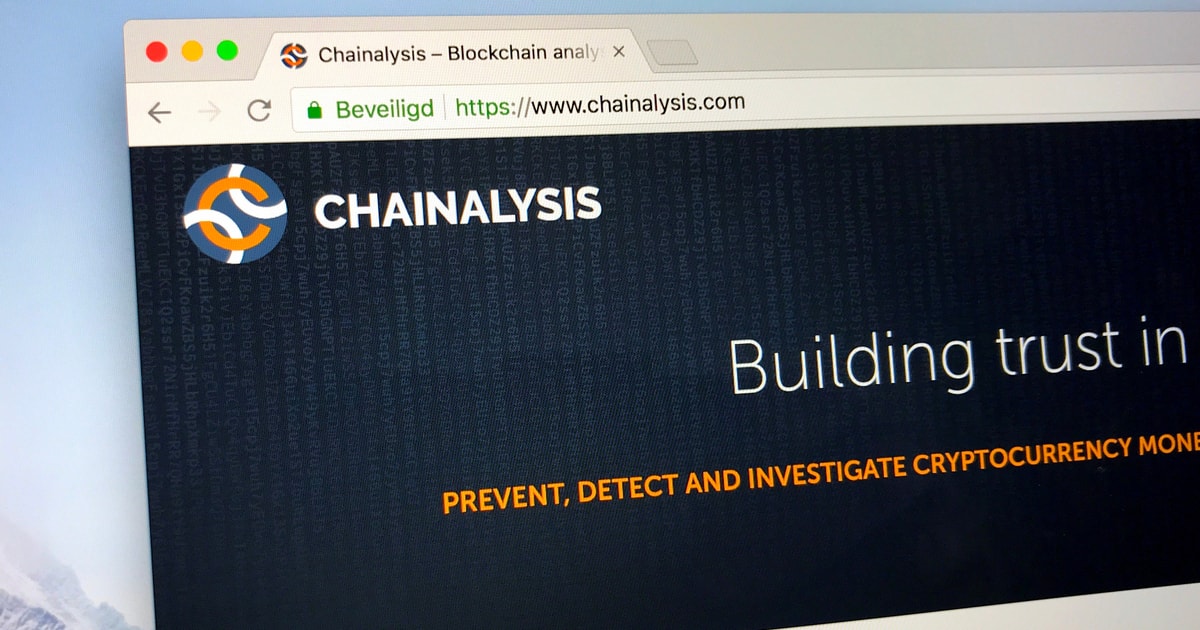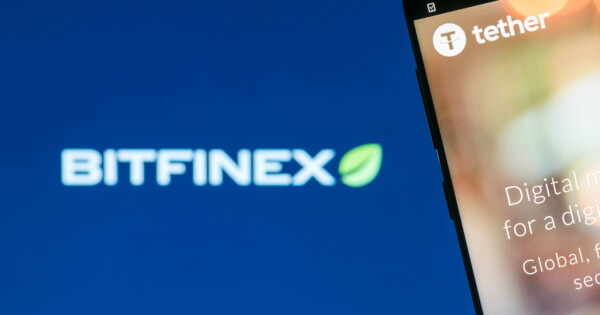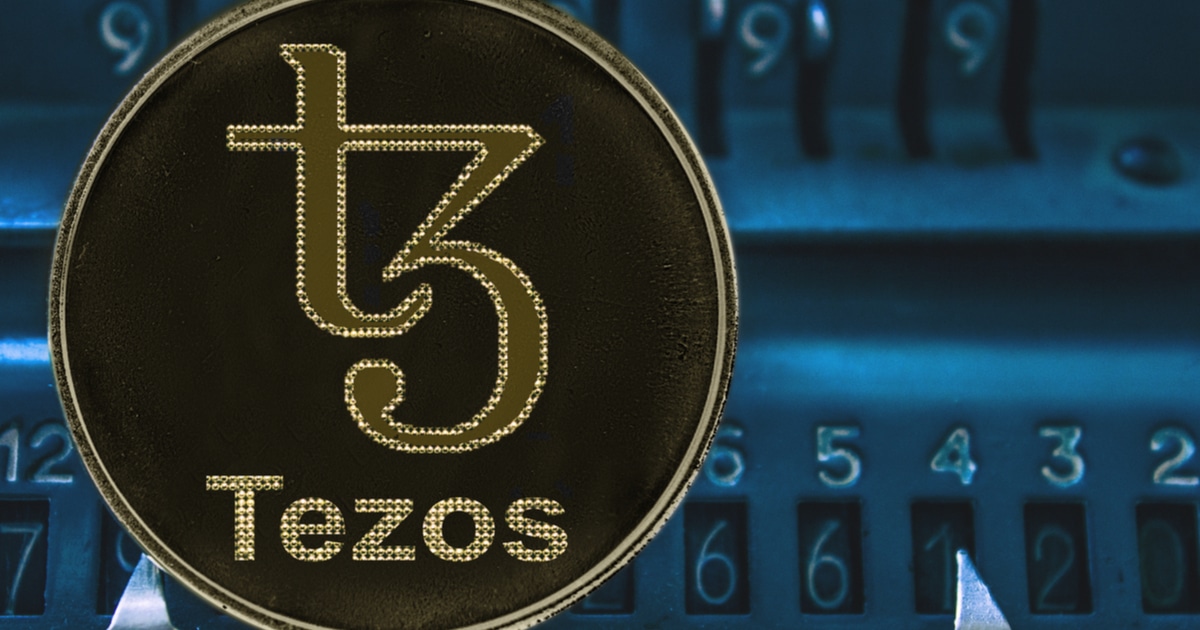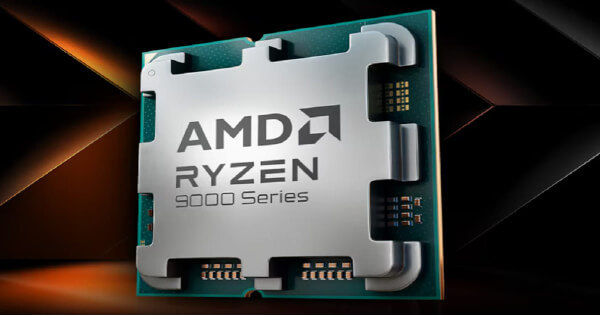
Blockchain technology and nonfungible tokens are transforming the way that intellectual property is licensed and sold.
The transition to a more digitalized society based on an information economy has created intense pressure for companies to rethink their intellectual property (IP) management. Intangible assets can represent more than 80% of the value in a firm’s balance sheet, and intellectual property in the United States is now worth over $6 trillion in gross domestic product, according to the U.S. Department of Commerce.
Well-managed and leveraged IP can provide a company with a strategic advantage over the competition — not only in terms of customer acquisition, but also with investors and potential employees. Yet these valuable assets present a unique set of challenges for organizations wanting to capture the full value of their IP as it scales and matures.
A complicated web
Securing IP is a multifaceted task requiring expertise in law, cybersecurity and often the nature of the IP itself. Firms need complex and costly layers of security designed to protect confidential research and development and trade secrets from industrial espionage. IP that’s already in the public domain may be protected by patents, trademarks and copyright registrations.
Patents and trademarks are key to protecting company IP assets, but their handling and administration is a daunting proposition. The patent process, itself, may require filing in multiple jurisdictions, but agreements should be in place with employees, ensuring that they’re legally bound to protecting company secrets and stipulating the company’s copyrights over work produced by those in their employ.
To complicate things further, IP may be licensed under particular agreements between firms, which can work two ways. So, a company may have IP that it licenses to a partner, but it may also hold licenses for another company’s IP, creating a further paper trail.
Moreover, many companies don’t even have a comprehensive system or platform in place for managing their IP. Documents may be stored in multiple places or owned by different individuals. Then consider the sheer volume of sensitive and lucrative information that may be held in a company’s systems or in software run by external third parties.
Related: A cure for copyright ills? NFTs promise to empower creative economies
Far-reaching consequences
Failure to manage all this effectively can result in unquantifiable losses for firms. From the incident perspective, infringements on copyrights, trademarks and patents result in lengthy and costly lawsuits, along with intangible or indirect losses, such as reputational damage or increased insurance premiums.
However, the lost opportunity costs can be even more significant. The success of investments, including corporate mergers and acquisitions, can hinge on the effectiveness of work done in the due diligence stage when an investor or acquiring firm will expect to see all the assets, including the entire IP portfolio, of the target company so it can make a fair valuation. The inability to demonstrate a fair and accurate value of IP could affect a valuation significantly. Furthermore, ongoing IP disputes or outstanding lawsuits could also negatively impact investment.
Proof of ownership through tokenization
Firms can leverage blockchain to prove their ownership of IP-related assets. Assets are created on the blockchain as tokens, and each token transaction is recorded transparently, chronologically and with its own timestamp. All assets are protected by key cryptography, meaning that only the owner of an asset can authorize a transaction, and their key serves as evidence of ownership.
Related: Circling back to blockchain’s originally intended purpose: Timestamping
Effectively, any IP asset could be tokenized and assigned to a user or group who’s authorized to carry out transactions such as licensing. Over recent years, blockchain technology has also progressed to the point where it’s possible to handle complexities such as different permission levels for documents of varying sensitivity.
Transactions on a blockchain are immutable, and assets cannot be duplicated or destroyed. Thus, blockchain is a perfectly designed technology for the process of intellectual property management.
Blockchain in practice
Large luxury firms are already making use of this technology to help protect IP in their supply chains. French multinational luxury goods conglomerate LMVH and Italian luxury fashion house Prada are among the firms spearheading the Aura Blockchain Consortium, a collaboration that aims to use blockchain to reap back some of the $30 billion or so the industry loses to counterfeiters each year.
The platform uses nonfungible tokens (NFTs), a unique digital asset, that accompanies a product such as a designer handbag on its lifecycle from the factory to the end buyer. The buyer can view the product’s journey as a series of transactions on the platform, and their NFT serves to authenticate their bag as the genuine article.
Related: Nonfungible tokens: A new paradigm for intellectual property assets?
In an even more ambitious move, blockchain and NFTs are also transforming the way that IP is licensed and sold. For instance, IPwe has developed a platform to support the global patent market, allowing patents to be licensed and transacted as tokens on a blockchain. Companies can manage and track IP-related assets and transactions in one place, and license or sell IP near-instantly, securely and with anyone in the world. The platform aims to unite the world’s patent data onto its Global Patent Registry, overcoming the many challenges of the current patent landscape, including geographical silos, onerous documentation requirements and slow processing times.
Another example is SharpShark, a startup leveraging the Symbol blockchain platform to offer timestamping solutions for content creators to protect their intellectual properties. Similar technologies are used by blockchain content protection firm Custos Media Technologies.
These are just a few scenarios, but there are many more. Summing up the challenges of IP could perhaps best be described as using 20th-century tools and processes to manage 21st-century assets. They’re no longer fit for purpose and don’t allow firms to get the maximum value from their IP. Over the coming years, firms will come to depend on technologies to overcome their legacy challenges with IP management, protecting their assets and unlocking lost value.
This article does not contain investment advice or recommendations. Every investment and trading move involves risk, and readers should conduct their own research when making a decision.
The views, thoughts and opinions expressed here are the author’s alone and do not necessarily reflect or represent the views and opinions of Cointelegraph.

You can get bonuses upto $100 FREE BONUS when you:
💰 Install these recommended apps:
💲 SocialGood - 100% Crypto Back on Everyday Shopping
💲 xPortal - The DeFi For The Next Billion
💲 CryptoTab Browser - Lightweight, fast, and ready to mine!
💰 Register on these recommended exchanges:
🟡 Binance🟡 Bitfinex🟡 Bitmart🟡 Bittrex🟡 Bitget
🟡 CoinEx🟡 Crypto.com🟡 Gate.io🟡 Huobi🟡 Kucoin.















Comments